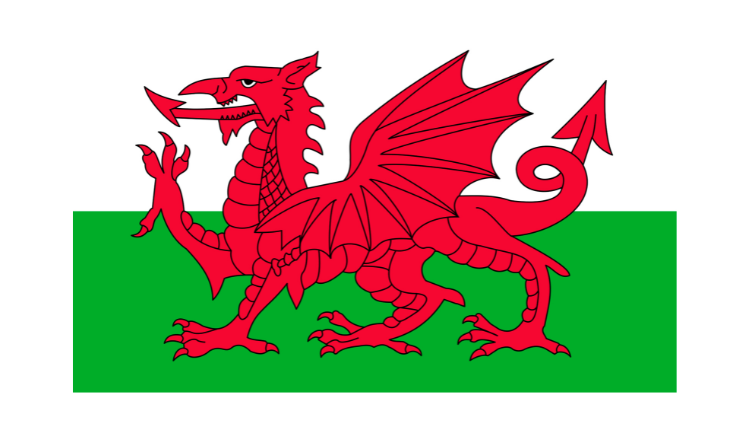Pat Tomlinson, PACEY Advisor
“How do I do a risk assessment?” is a question that’s often asked by those starting a career in early years and childcare, so in this blog we are looking at why we need to risk assess and the different ways we can do this.
We risk assess every day, from the time we get up in the morning, throughout the day until bedtime, possibly often without realising it. Who checks the weather forecast before getting dressed? Do I need a woolly jumper or a T shirt? Will I need a raincoat or will just taking an umbrella be sufficient? When we go outside we are alert to traffic and assess the right time to cross the road.
Risk assessments in early years and childcare
Working in early years and childcare is no different. The Early Years Foundation Stage (EYFS) statutory framework in England 3.65 states “Providers must ensure that they take all reasonable steps to ensure staff and children in their care are not exposed to risks and must be able to demonstrate how they are managing risks”. In Wales Standard 24.2 of the National Minimum Standards for Regulated Childcare for children up to the age of 12 years (2016) (NMS) requires that “hazards to children on the premises, both inside and outside, are kept to a minimum. Health and safety regulations are complied with and staff are trained to understand health and safety requirements for the environment in which they work”.
This means no matter which type of provision you offer, you are ensuring that everyone, including yourself are kept safe throughout the day.
How can we do this?
Risk assessments don’t always need to be written down, although in some cases it is useful and good practice to do so.
Let’s look at visual risk assessments first
I’ve been working in childcare for many years so I automatically risk assess in my head when I walk into a room away from home, especially when I’m with a child. Look at the layout of the room – are there any potential hazards? These will vary, depending on the age and stage of development of the child/ren you have with you.
I tend to notice low tables which are at a child’s head height, items on low tables, particularly things that could be easily broken or trip hazards such as mats, bags, scattered toys, other hazards such as trailing wires/cables. Once you have done a visual sweep of the room you can then quickly assess where you will guide the children round the hazards and keep them safe.
It’s usually common sense and you will often do it without thinking, but you are risk assessing.
Written risk assessments
In England the EYFS 3.65 states “Providers must determine where it is helpful to make some written risk assessments in relation to specific issues, to inform staff practice, and to demonstrate how they are managing risks if asked by parents and/or carers or inspectors.”
This means that there are some situations where writing a risk assessment is beneficial. It needs to be a working document that you can use, not something you produce to please the Ofsted inspector.
In Wales NMS Standard 24. 11 requires that “a risk assessment of the premises is completed at least annually and is reviewed when there are any changes to the premises or the needs of the children. An action plan with timescales identifies action to be taken to minimise identified risks.” However, there is also recognition in standard 24.12 that “risk management of individual activities and play opportunities balances risk of harm against the benefits for the child, for example, in extending their knowledge of the world, developing skills and physical or emotional well-being.”
We all have different ways of working but I find it really helpful to write things down and that includes risk assessments. The benefit of recording your findings as you compile your risk assessment is that you do it in a logical way and when you review your work you can identify any possible gaps.
How do you write a risk assessment?
I find using a template helpful and there are several examples available. You can use one of these or design your own.
PACEY members can access PACEY’s risk assessment template in the resources in MyPACEY.
There’s also a useful template on the Health and Safety Executive website.
Assess each area of your setting, noting any potential hazards and what you intend to do about them. One useful way of assessing a room is to sit on the floor and see the surroundings from a young child’s point of view. It’s amazing how different your room will look, and you are likely to see hazards you hadn’t thought about before.
A frequently asked question is about plug socket covers. Although these are widely available in the shops ROSPA do not recommend the use of socket covers, in some instances, using them can override the socket’s integral safety mechanisms.
When you have completed your risk assessment, decide on a timescale for the re-checking of specific areas. This is particularly important when you live with partners and older children. For example, the bathroom will need a daily check before your first child arrives. These daily checks can be visual and there’s no need to do a daily checklist – keep paperwork to a minimum.
Further resources
- PACEY risk assessment practice guide
- PACEY Risk assessment template
- PACEY risk assessment fact sheet
- PACEY risk benefit resource
- PACEY risk assessment guidance (Wales)
- Health and Safety Executive template and examples
- ROSPA statement on protective socket covers
- Toddlers show how unsafe socket covers are (video) JPS Electrical services
- Plug in socket covers are dangerous



